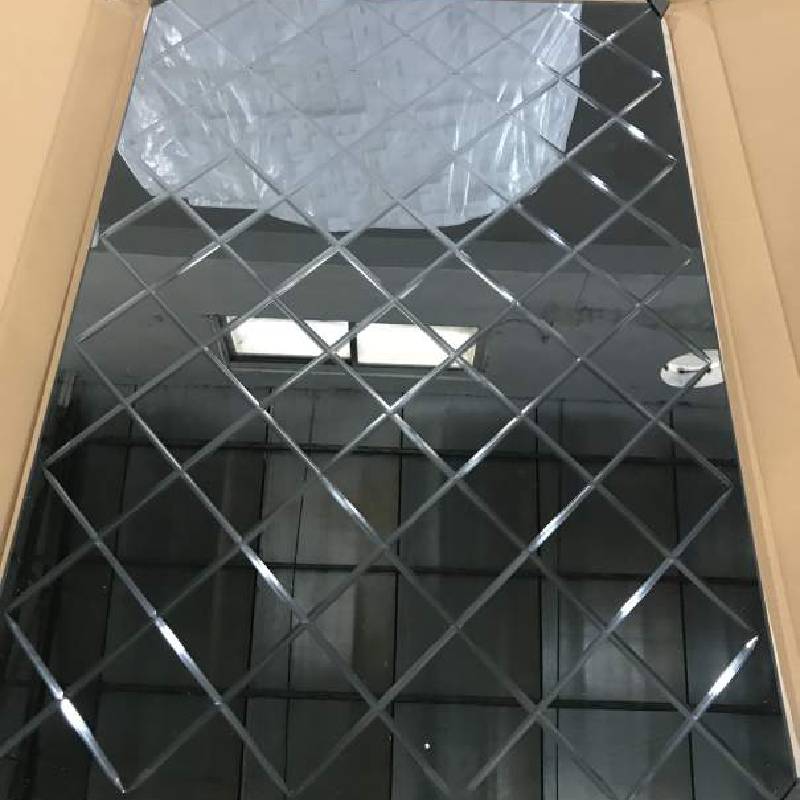Types of Clear Glass
Clear glass is one of the most common materials used in construction, decoration, and numerous applications across various industries. Its versatility is largely attributed to its transparency, allowing for visibility while still providing a barrier. However, not all clear glass is created equal; there are several types of clear glass, each with its unique properties and uses.
Types of Clear Glass
2. Tempered Glass
Tempered glass, also known as toughened glass, is treated through a process of extreme heating and rapid cooling. This process makes it much stronger than annealed glass—up to five times stronger. When broken, tempered glass shatters into small, blunt pieces, minimizing the risk of injury. Consequently, it is often used in shower enclosures, glass doors, and storefronts where safety is paramount.
types of clear glass
3. Laminated Glass
Laminated glass is constructed from two or more layers of glass that are bonded together with an interlayer. This type of glass remains intact when shattered, as the interlayer holds the pieces together. Laminated glass is renowned for its soundproofing qualities and is commonly used in car windshields and high-rise buildings, where security and safety are critical.
4. Low-iron Glass
Standard clear glass can often have a green tint due to the iron content in the raw materials. Low-iron glass, however, has a significantly reduced iron content, resulting in an ultra-clear appearance. This type of glass is preferred for high-end applications, such as aquariums and glass displays where clarity is crucial.
5. Insulated Glass
Insulated glass units (IGUs) feature multiple panes of glass separated by a space filled with gas, usually argon or krypton. This construction enhances thermal efficiency and is commonly used in energy-efficient windows. The transparency of insulated glass allows natural light into a space while providing insulation and reducing heating costs.
In conclusion, clear glass comes in various forms, each catering to specific needs and applications. Understanding the differences among them enables consumers and industries to select the right type for their projects, balancing aesthetics, durability, and functionality. Whether for safety, clarity, or energy efficiency, the right clear glass can significantly enhance the environment it occupies.
 Afrikaans
Afrikaans  Albanian
Albanian  Amharic
Amharic  Arabic
Arabic  Armenian
Armenian  Azerbaijani
Azerbaijani  Basque
Basque  Belarusian
Belarusian  Bengali
Bengali  Bosnian
Bosnian  Bulgarian
Bulgarian  Catalan
Catalan  Cebuano
Cebuano  Corsican
Corsican  Croatian
Croatian  Czech
Czech  Danish
Danish  Dutch
Dutch  English
English  Esperanto
Esperanto  Estonian
Estonian  Finnish
Finnish  French
French  Frisian
Frisian  Galician
Galician  Georgian
Georgian  German
German  Greek
Greek  Gujarati
Gujarati  Haitian Creole
Haitian Creole  hausa
hausa  hawaiian
hawaiian  Hebrew
Hebrew  Hindi
Hindi  Miao
Miao  Hungarian
Hungarian  Icelandic
Icelandic  igbo
igbo  Indonesian
Indonesian  irish
irish  Italian
Italian  Japanese
Japanese  Javanese
Javanese  Kannada
Kannada  kazakh
kazakh  Khmer
Khmer  Rwandese
Rwandese  Korean
Korean  Kurdish
Kurdish  Kyrgyz
Kyrgyz  Lao
Lao  Latin
Latin  Latvian
Latvian  Lithuanian
Lithuanian  Luxembourgish
Luxembourgish  Macedonian
Macedonian  Malgashi
Malgashi  Malay
Malay  Malayalam
Malayalam  Maltese
Maltese  Maori
Maori  Marathi
Marathi  Mongolian
Mongolian  Myanmar
Myanmar  Nepali
Nepali  Norwegian
Norwegian  Norwegian
Norwegian  Occitan
Occitan  Pashto
Pashto  Persian
Persian  Polish
Polish  Portuguese
Portuguese  Punjabi
Punjabi  Romanian
Romanian  Russian
Russian  Samoan
Samoan  Scottish Gaelic
Scottish Gaelic  Serbian
Serbian  Sesotho
Sesotho  Shona
Shona  Sindhi
Sindhi  Sinhala
Sinhala  Slovak
Slovak  Slovenian
Slovenian  Somali
Somali  Spanish
Spanish  Sundanese
Sundanese  Swahili
Swahili  Swedish
Swedish  Tagalog
Tagalog  Tajik
Tajik  Tamil
Tamil  Tatar
Tatar  Telugu
Telugu  Thai
Thai  Turkish
Turkish  Turkmen
Turkmen  Ukrainian
Ukrainian  Urdu
Urdu  Uighur
Uighur  Uzbek
Uzbek  Vietnamese
Vietnamese  Welsh
Welsh  Bantu
Bantu  Yiddish
Yiddish  Yoruba
Yoruba  Zulu
Zulu 

